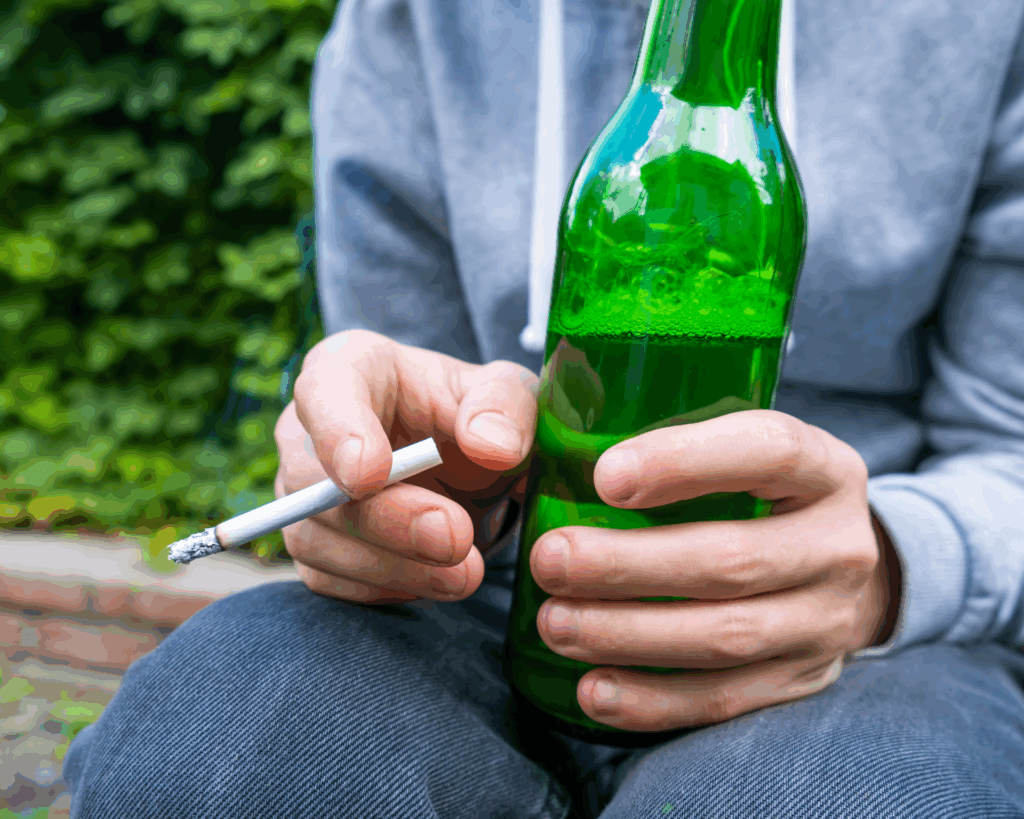The Tempe First-Responder Opioid Recovery Project
The Tempe First-Responder Opioid Recovery Project is a police, social service, and researcher collaborative response to the opioid crisis.

Read Time: 4 minutes
Published:
A Police, Social Service, and Researcher Collaborative Response to the Opioid Crisis
In 2020, the US experienced an unprecedented number of drug overdose deaths. Of the more than 93,000 deaths, 75% involved opioids. The opioid crisis is a multidisciplinary problem requiring a comprehensive, collaborative response across various systems. In October 2019, Tempe, Arizona initiated such a response – the Tempe First-Responder Opioid Recovery Project. The project includes Tempe police officers, firefighters/EMTs, social workers, peer counselors from EMPACT, a crisis and behavioral health services provider, police researchers from Arizona State University, and drug policy/harm reduction researchers from California State University, Long Beach. The project includes deployment of naloxone to all Tempe police officers, immediate engagement with overdose survivors by peer counselors, and 60 days of service provision for the survivors and their loved ones.
How it Works
Tempe police and fire respond to a 911 call and, if the individual is experiencing an opioid overdose, they administer naloxone. If the individual survives, the officer contacts the project hotline staffed around-the-clock by EMPACT peer support counselors. Within an hour, the certified peer support specialist makes initial contact (usually at the hospital). Within 24 hours, an EMPACT post-crisis navigator attempts to engage the individual and their loved ones in services.
The Impact
Four early findings indicate program success. First, as of August 1, 2021, 129 lives were saved because a Tempe officer reversed an opioid overdose with naloxone. Those 129 individuals were unresponsive, not breathing, and dying when police arrived. They survived because a Tempe officer administered naloxone.
Second, Tempe officers embrace this public health responsibility as part of their mission. Prior studies on police-naloxone programs have found many officers reluctant to use naloxone. Tempe police officers describe the satisfaction they feel when they are able to save someone from dying:
But at the end of the day, you can respond to this person’s OD. They’re not talking to you right now, and I can just try to save their lives, help that person, walk away, and feel really good about, you know, myself, what I did, the impact that I had. (Officer 1)
You keeping them alive right there on the spot with the simple administration of Narcan, gives that person the opportunity to live and to possibly get help and to live a life that they can enjoy. That’s all – for me, as an officer, that’s all I can ask for – to give someone an opportunity for a better life. (Officer 2)
Third, police and public health professionals can successfully collaborate when they have a shared goal, buy-in from all partners, effective communication, and an understanding that the collaboration will take time and energy:
I think for me the biggest thing is … the ability for groups to work together when they have a shared goal. And work together very well… you can get a nonprofit, government entity, and educational institutional in a room together, and you can make things work. (Officer 3)
I think it’s important that any program, any police department, any fire department understands that that coordination is not magic. Right? You’ve got to spend the time, and you’ve got to have the relationships to make that happen… (EMPACT Provider B)
Fourth, as of August 1, 2021, 116 survivors and their loved ones have connected to addiction recovery services [including: in-patient (11), residential (18) or outpatient treatment (47), and twelve-step programs (10)]. Tempe Fire also carry naloxone, and survivors are offered services regardless of who administers naloxone. Prior studies show lower rates of service engagement after an overdose.
Conclusion
The Tempe First-Responder Opioid Recovery Project is a multidisciplinary, collaborative response to the opioid crisis. Each partner plays an important role. While it is too early to offer a definitive evaluation, early results are promising. The collaboration is working, lives are being saved, and survivors are engaging with services.
For more details, see our recent article published in the American Journal of Criminal Justice.
Photo via Getty Images






